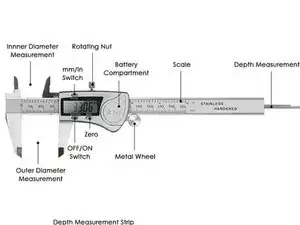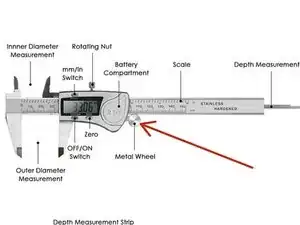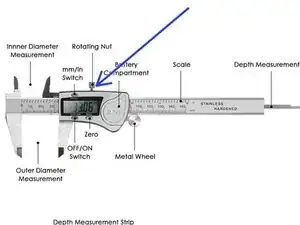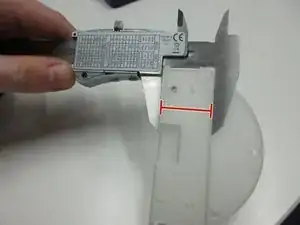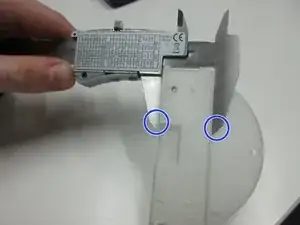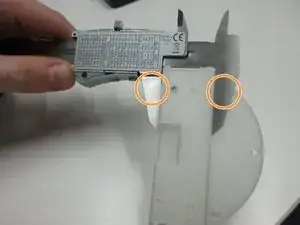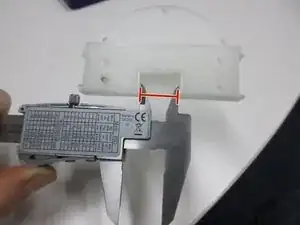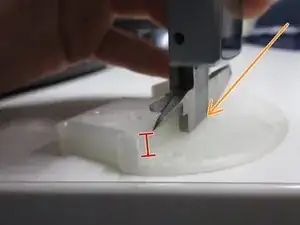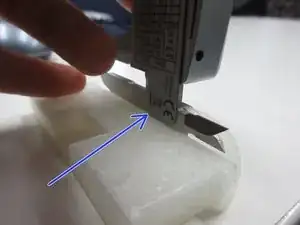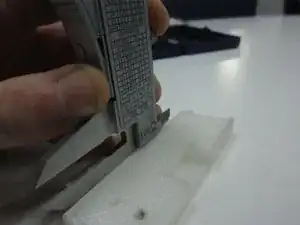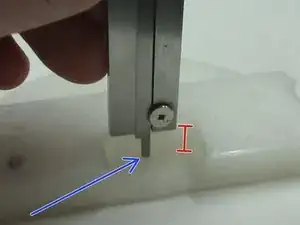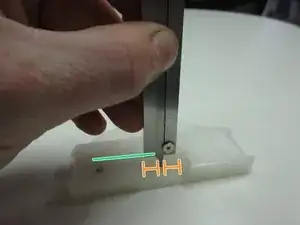Introduction
These instructions will cover the techniques for measuring external & internal features, as well as heights and depths.
Tools
-
-
Use the metal wheel contacting the measured surfaces.
-
Make use of the locking mechanism.
-
Occasionally the device has to be positioned in a way that cannot be read.
-
Always prioritize comfort. If there is a change the jaws can move when attempting to read. Lock the device. Move it to you.
-
-
-
External features are measured as shown.
-
These sections of the jaws have a knife edge,
-
These sections have a flat edge.
-
-
-
Heights of steps are measured as shown.
-
Butt the head of the caliper against one surface.
-
Butt the head of the slider against the other surface.
-
-
-
Depth of holes are measured as shown.
-
Position the blade to the center of the hole.
-
Hold the end of the caliper flush the surface of the hole.
-
Extend the slider until the blade bottoms out the hole.
-
Happy Measuring
